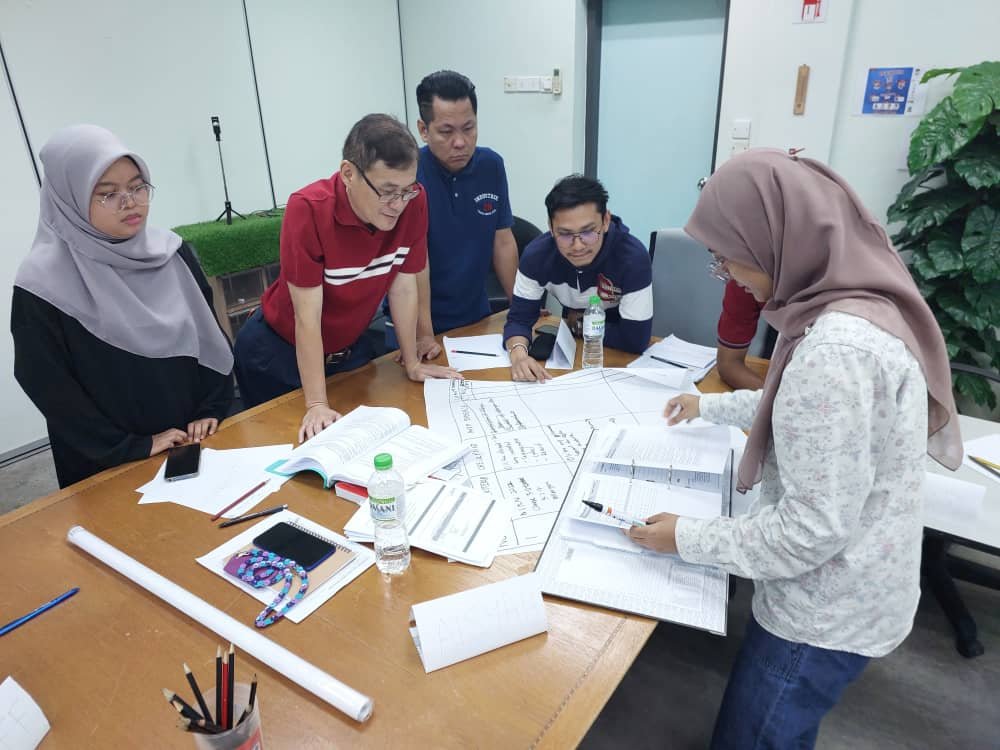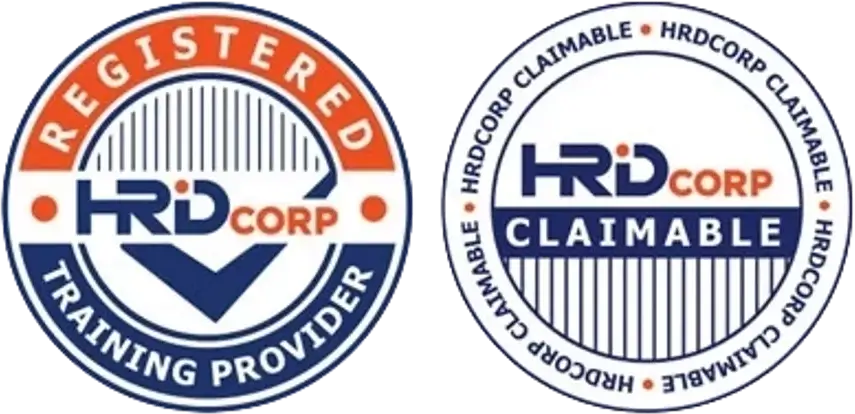How Do I Start a HACCP Team?
Building an effective HACCP (Hazard Analysis and Critical Control Points) team is the foundation of implementing a successful food safety management system. This guide provides step-by-step insights, with 70% in point form, to help you create an efficient HACCP team and boost your website’s SEO.

Steps to Start a HACCP Team
1. Identify Key Members
- Multidisciplinary Approach:
- Include individuals from various departments such as production, quality assurance, maintenance, procurement, and management.
- Expertise Requirements:
- Ensure team members have knowledge of food safety, microbiology, and processing methods.
- Leadership Role:
- Appoint a HACCP Team Leader to oversee and guide the team.
2. Define Roles and Responsibilities
- Assign specific tasks to each member based on their expertise:
- Production personnel: Insight into operational processes.
- Quality assurance: Knowledge of food safety regulations.
- Maintenance staff: Understanding of equipment-related hazards.
- Ensure all members clearly understand their roles.
3. Provide HACCP Training
- Conduct basic HACCP training for team members:
- Principles of HACCP.
- Identifying hazards and critical control points.
- Provide advanced training for the HACCP Team Leader.
- Offer ongoing refresher courses to keep the team updated.
4. Establish Team Goals
- Define objectives for the team, such as:
- Developing the HACCP plan.
- Ensuring compliance with food safety standards.
- Conducting hazard analysis and identifying critical control points.
5. Collect Necessary Resources
- Gather essential tools and information:
- Food safety regulations and guidelines.
- Process flow diagrams and facility layouts.
- Historical data on hazards and incidents.
- Provide access to monitoring and testing equipment.
6. Facilitate Team Meetings
- Schedule regular meetings to:
- Discuss progress.
- Address challenges.
- Review and update the HACCP plan.
- Encourage collaboration and open communication.
7. Document the Team’s Activities
- Maintain detailed records of:
- Meeting minutes.
- Decisions made.
- Roles and responsibilities.
- Use documentation to demonstrate compliance during audits.
Qualities of an Effective HACCP Team
1. Strong Leadership
- The HACCP Team Leader should:
- Provide clear direction.
- Ensure accountability.
- Facilitate decision-making.
2. Collaborative Mindset
- Team members should work together to:
- Share knowledge.
- Solve problems efficiently.
3. Attention to Detail
- Essential for identifying and addressing all potential hazards.
4. Commitment to Food Safety
- A shared dedication to maintaining high safety standards.

Benefits of a Well-Organized HACCP Team
- Improved Food Safety:
- Reduces risks of contamination and foodborne illnesses.
- Regulatory Compliance:
- Meets legal and industry requirements.
- Operational Efficiency:
- Identifies and mitigates potential risks early.
- Enhanced Customer Confidence:
- Demonstrates commitment to quality and safety.
Starting a HACCP team requires careful planning, the right mix of expertise, and ongoing collaboration. By following these steps and fostering a culture of food safety, you can build a strong HACCP team that ensures compliance and enhances operational success.


